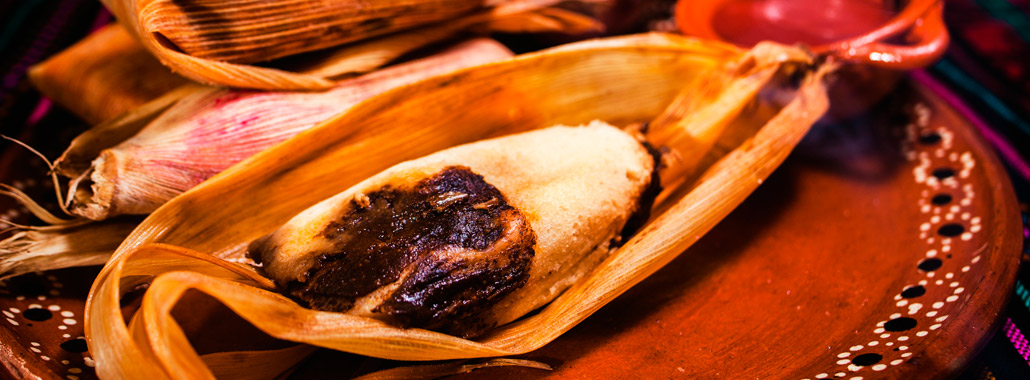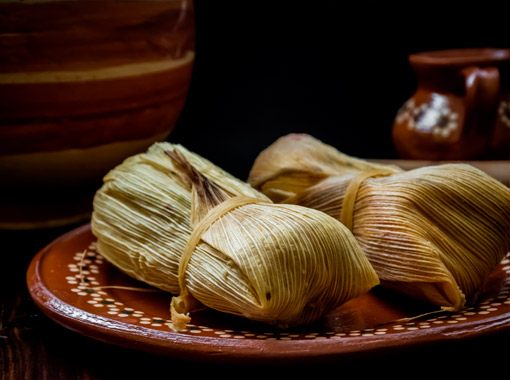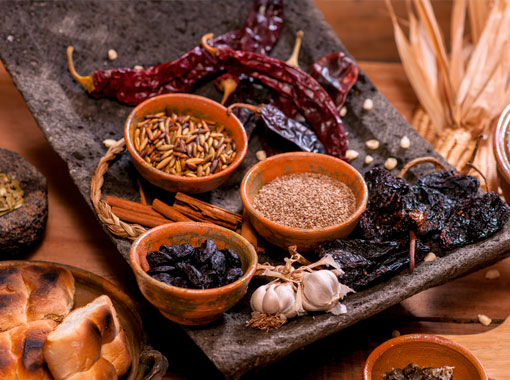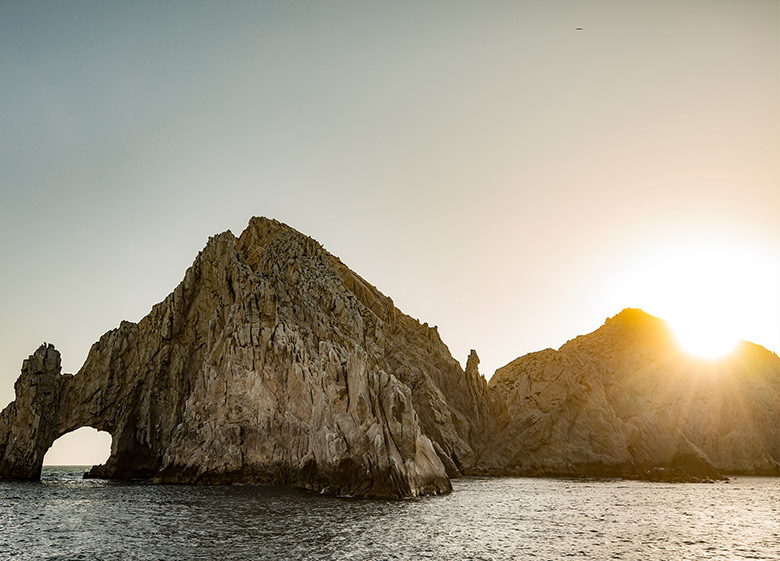Everything You Need To Know About Mexican Tamales

By Juan Sempere
You might be vaguely familiar with the Christian Holy Day of Candlemas, or Fiesta de la Candelaria, as it’s known throughout most of Latin America. The religious ritual commemorates the presentation of Jesus at the Temple, but in Mexico this day has a very particular culinary connotation that marries the Old World tradition to the earliest days of America’s pre-Columbian cultures.
La Candelaria is widely considered to be the unofficial closure of year-end holidays in Mexico, which start around December 12 (Day of the Virgin of Guadalupe). On Epiphany (or Día de Reyes), people dine on steamy mugs of hot chocolate and Rosca de Reyes, the oval shaped pastry that hides a little figurine of Baby Jesus within its sweet confines. Whoever chooses the slice of Rosca such figurine (there’s usually more than one) has to host a special dinner on February 2nd for all in attendance.
Whoever started this tradition knew that feeding a bunch of hungry friends, relatives and coworkers is no small feat, so they kept the menu on the simple-yet-delicious side: tamales.
These start from a mixture of corn dough (or masa) with a greasy binding agent (usually lard). Then some sort of distinctive ingredient is added (more on that later), and the resulting filling is packed inside a corn husk or plantain leaf (the latter are also known as tamales oaxaqueños). The tamales are then steamed until firm and… that’s it. Simple stuff, right?
Not quite.
See, tamales are not only ubiquitous to Mexican cuisine; they also represent regional gastronomic styles with their distinctive ingredients and flavors. In essence: You can tell a lot about where you are in Mexico by the type of tamales you put on your plate.
Plantain leaf wraps are often typical of southern Mexico and the states around the Gulf coast, including the Yucatan Peninsula. Pork may not be a usual protein for tamales sold in the North, but they’re highly sought after in Mexico City and the surrounding states. And yes, every single place will claim to have the best tamales in the entire world, so be prepared to hear arguments on that topic.

Here are the most common tamales you’ll likely find on the table during Candlemas:
Tamales verdes. Ordering tamales by the distinctive color of the sauce that laces the masa is the norm, with the verde (green) leading the way in popularity. The bright, herbal and spicy mix of tomatillo and green chilies pair up with chicken or pork to create the most popular tamal, whether it comes wrapped in corn or plantain.
Tamales de mole. Some places refer to this type as rojo (red), but there are regions that make a clear distinction between the mole tamal and other red salsa-based styles. Chicken is the most common protein for this one.
Tamales de rajas. Long strips of fiery chilies mixed with some melty cheese make this style a popular item in Central Mexico. Hotness can range from mild to volcanic, depending on the type of chile, so tread carefully.
Tamales de frijol. Pureed beans and cheese fill these tamales, delicious on their own or paired with some type of mole sauce. The states of Puebla and Morelos are good places to get them at their best.



Tamales oaxaqueños. A generic way of referring to the tamales wrapped in plantain leaves, with fillings that cover the ones we mentioned above and many, many more (usually savory).
Tamales de elote. What’s better than corn-based masa? More corn, of course. These tamales usually bridge the gap between the spicy, savory styles and the sweeter dessert tamales.
Tamales dulces. The most common sweet tamal is made with pink masa (using vegetable coloring) and adds a handful of raisins to the mix, but sweet tamales can be made with chocolate, pineapple, anise seed, berries, and many other fillings.
Vaporcitos. You can’t miss these beauties if you are visiting the Yucatan Peninsula: They’re filled with a pork and chicken mixture, seasoned with a distinctive spice mix known as recado, and best enjoyed with a spoonful of fiery habanero sauce on top.
These are but a few examples of tamales you’re bound to enjoy for La Candelaria, but keep in mind that they’re available year-round as a staple of local cuisine. If you go deeper down the rabbit hole you’ll also get acquainted with Uchepos and Corundas, from the state of Michoacán.
Veracruz has the humongous Zacahuil, the Godzilla of tamales, a dish that is the centerpiece for massive festivities. And let’s not forget Chiapas’ own tamal de Chipilin (an edible leaf).
You can dabble with a dizzying array of tamales at local restaurants in Cancun, not that you need to leave your all-inclusive resort to partake. Moon Palace Cancun's multitude of Mexican restaurants, for example, offer up everything from the simple to the delectable. It's just a matter of scanning the menu or asking your surver to expound on the their tamales offerings.
Oh, and one last thing: lose the “e” at the end of “tamale,” OK? You don’t want to sound like a tourist, after all.




